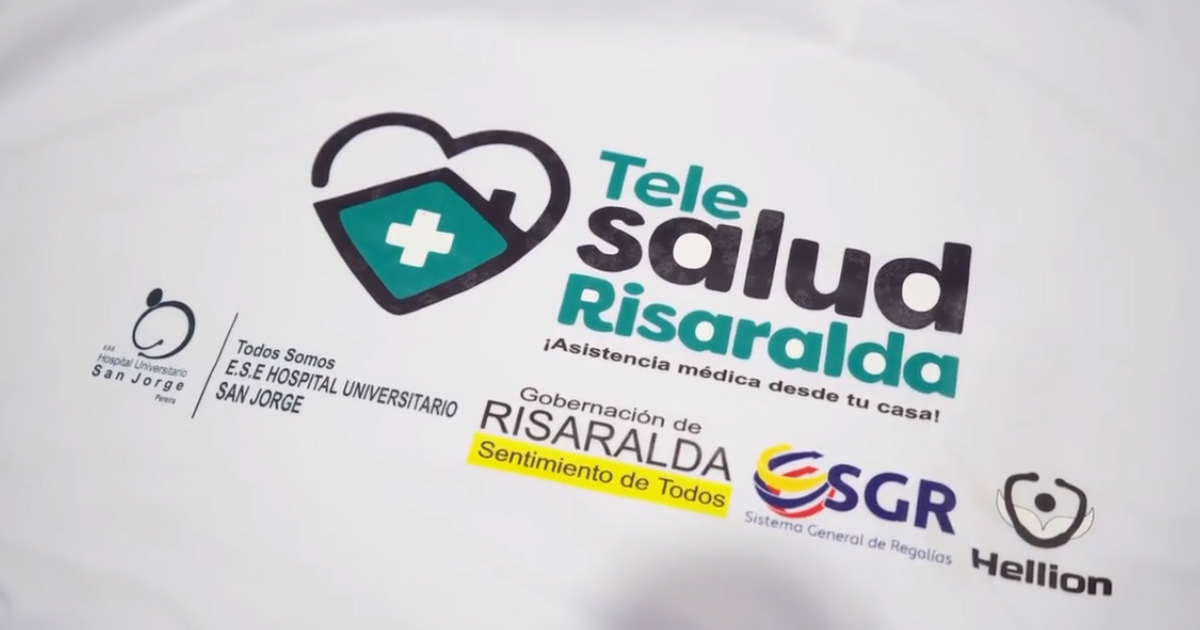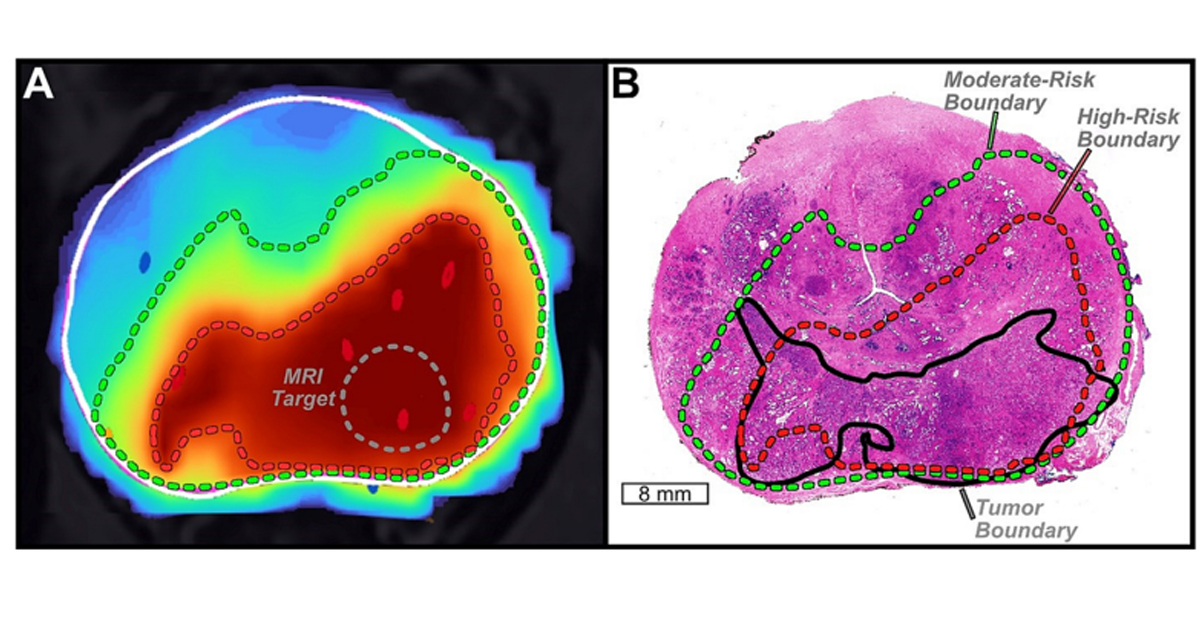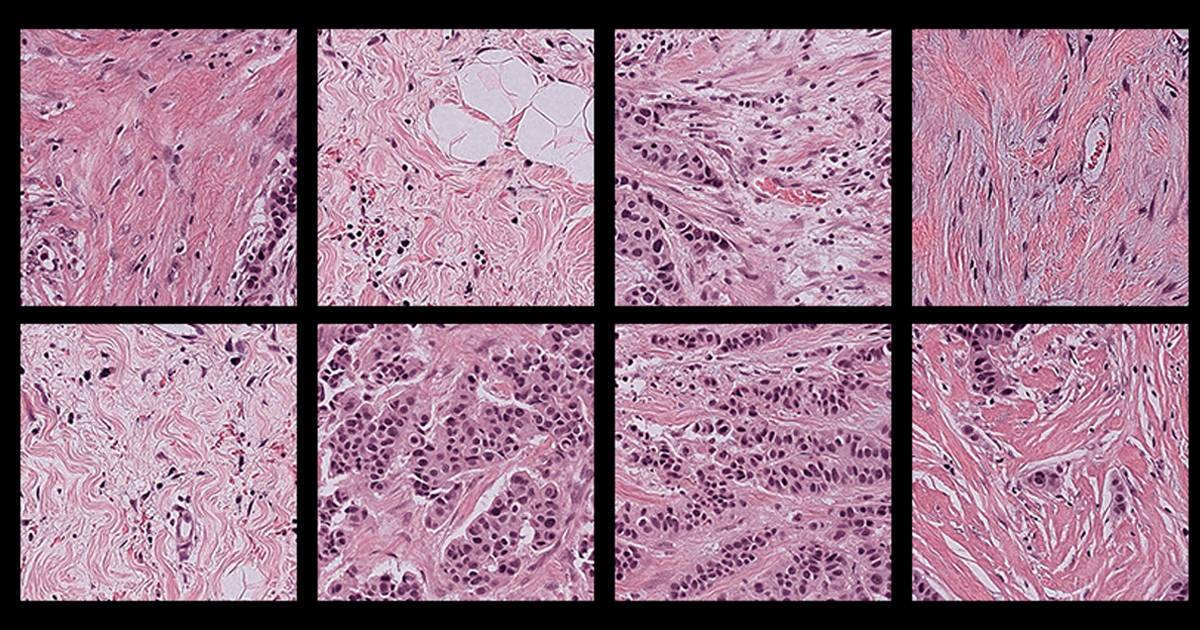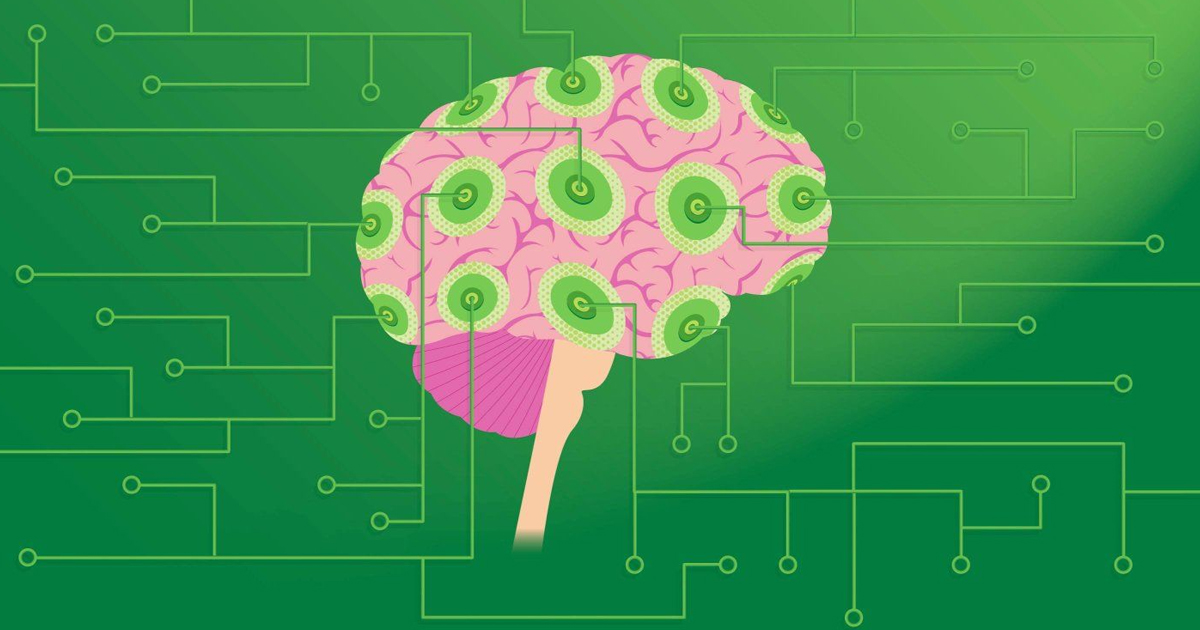La revista científica npj Digital Medicine, perteneciente a Nature, publicó una guía de conceptos generales sobre el uso de Artificial Intelligence (AI) en el sector médico, así como definiciones, funciones y ejemplos de su uso.
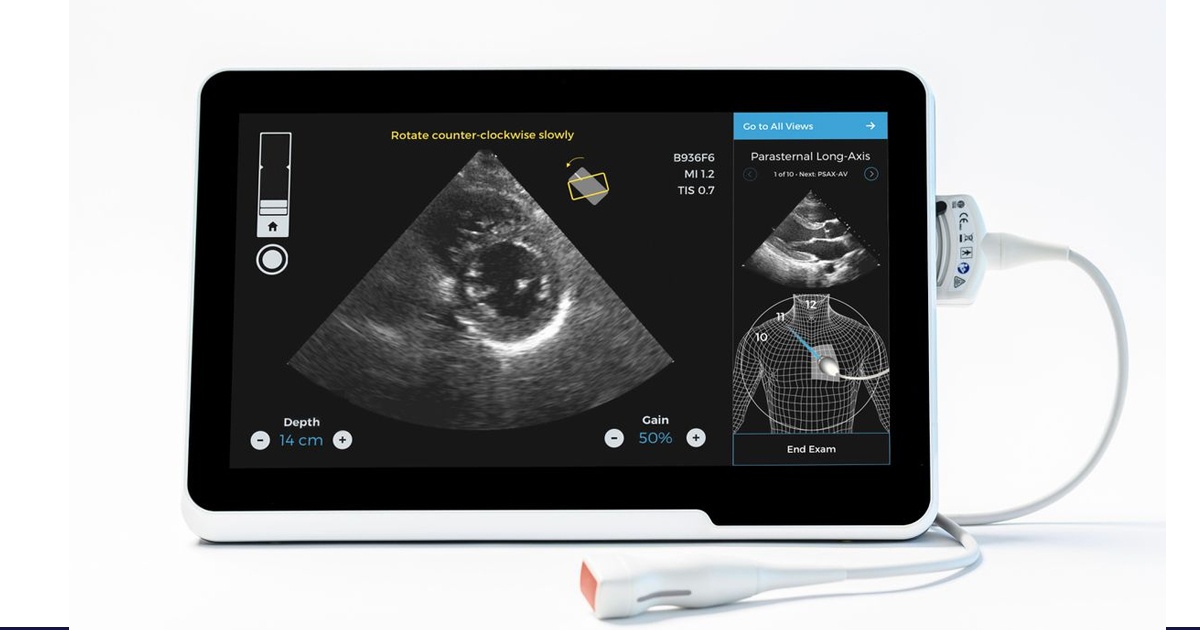
La guía avanza explicando cómo evaluar las notas periodísticas y estudios sobre machine learning y profundo enfocado a la medicina. La AI suele utilizarse para mejorar las perspectivas de las empresas, esto en cualquier mercado, por lo que puede llegar a sobre utilizarse el termino para fines comerciales. No todos los algoritmos están basados en machine learning, los Métodos utilizados en cualquier estudio describen de dónde obtuvieron sus datos y que tipo de datos son. Si un estudio sobre AI no cuenta con una gran cantidad de datos, su objeto de estudio, es decir el algorithm probablemente no esté bien entrenado.
“También es clave ver si el artículo analiza un problema clínico real. Un algorithm puede funcionar muy bien en un conjunto de datos preseleccionado, sin embargo, también debe probarse con datos clínicos reales,” sugieren los autores en la guía.
Posteriormente, la guía enlista una serie de ejemplos situaciones de cómo a la salud puede verse beneficiada gracias a la AI:
- Mejorar las consultas presenciales y en línea: Existen aplicaciones basadas en AI para las consultas virtuales que utilizan el historial médico del paciente, el paciente por su parte informa síntomas mediante la misma aplicación, información que se guarda en una base de datos.
- Asistencia sanitaria y gestión de medicamentos: a través de aplicaciones móviles es posible que los pacientes lleven un control más eficiente en el manejo de su enfermedad a través del monitoreo de tratamientos, visitas al médico, entre otras.
- Diagnóstico impulsado por AI: La FDA aprobó este año, un software que apoya a los medios en la realización de imágenes de ultrasonido cardiaco. La AI utilizada en esta innovación proporciona orientación en tiempo real, actuando como un copiloto, de esta forma emula la tarea de un ecografista profesional.
- Minería de datos en expedientes médicos: Utilizado para la recopilación, el almacenamiento, la normalización y el seguimiento de los registros médicos de pacientes. De esta forma la AI interpreta los expedientes y es capaz de analizar las imágenes de diagnósticos, se ha utilizado en padecimientos relacionados a la pérdida de visión.
- Medicina de precisión: A través de muestras de tumores, los algoritmos pueden identificar patrones en los datos genéticos de pacientes, que podrían estar vinculados a afecciones médicas. De esta forma, los pacientes pueden recibir un diagnóstico y tratamiento temprano.
- Diseñar planes de tratamiento: a través de AI es posible analizar datos estructurados y no estructurados de registro médicos, para la toma de decisiones sobre el tratamiento del paciente. Este tipo de software combina datos de artículos de investigación y de diagnóstico del paciente.
- Creación de fármacos: A través de la AI, las compañías farmacéuticas logran desarrollar medicamentos más rápidos y reduciendo gastos. También puede utilizarse para conocer la efectividad de fármacos ante enfermedades emergentes.
- Herramientas de triaje: Existen estudios que han validado algoritmos utilizando aprendizaje profundo, capaces de predecir con precisión la necesidad de atención critica de los pacientes. Incluso es posible aplicarlo en casos de menor riesgo, a través de chatbots que descarten la disminución de urgencias.
Finalmente, la guía cierra con la pregunta “¿Cómo puede una tecnología médica basada en AI convertirse en parte de la práctica diaria?”, ante esta cuestión los autores indican lo siguiente “los profesionales médicos tienden a tomar decisiones utilizando datos que se obtuvieron con tecnologías que comprenden o comprenden los conceptos básicos lo suficiente como para confiar en ellos, sin embargo en el caso de la AI, podría no ser posible”, Ese es uno de los desafíos, que conforme pase el tiempo podrá resolverse al existir mayor evidencia sobre el uso de la AI y sus diferentes aplicaciones en salud.
Otros desafíos son la calidad y la cantidad de datos requeridos para entrenar un algorithm, los problemas de privacidad y manejo de datos personales, así como términos legales y la confianza del paciente ante la innovación.
“Con este conocimiento básico sobre la definición, los niveles, los métodos, los desafíos y el potencial de la AI, intentamos brindar una descripción general sobre cómo podemos hacer que la profesión médica sea más creativa, pasando más tiempo que nunca con los pacientes”, concluyen los autores al finalizar la guía.


